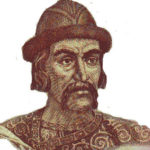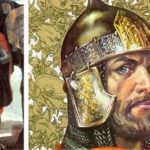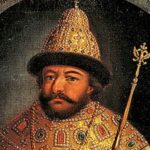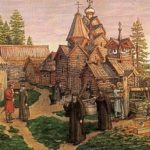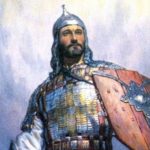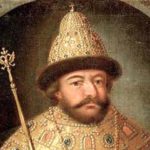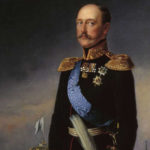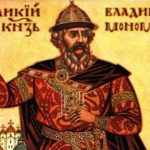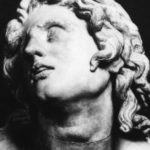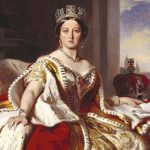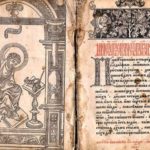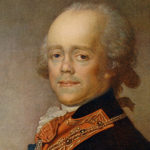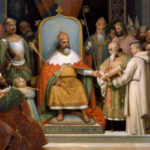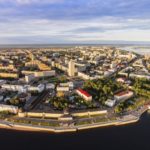Interesting facts about Rurik
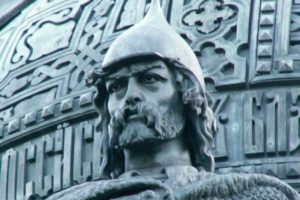 Not so much is known about the semi-legendary progenitor of the royal family, Rurik – too many centuries have passed since he reigned on the throne. It can be reliably argued that he was a historical person, and not a collective image of some rulers. However, some facts about his life and his reign are established quite accurately thanks to archaeologists and historians, who have fairly dug in the dusty manuscripts of bygone days.
Not so much is known about the semi-legendary progenitor of the royal family, Rurik – too many centuries have passed since he reigned on the throne. It can be reliably argued that he was a historical person, and not a collective image of some rulers. However, some facts about his life and his reign are established quite accurately thanks to archaeologists and historians, who have fairly dug in the dusty manuscripts of bygone days.
It is authentically known that the Novgorodians themselves called Rurik to reign. In this free city, the princes and their retinue were hired as ordinary workers, and could even get rid of them if they could not cope with their duties.
According to one theory, the Varyag Rurik is the Danish king Roeric. According to another, he was a Slav from the tribe of the Laudrichs, who after centuries was captured and over the years completely assimilated by the Germans.
According to the chronicles, he arrived at the reign with his brothers Truvor and Sineus. His brothers became princes in the cities of Beloozero and Izborsk.
Rurik dynasty ruled Russia for many centuries, until 1610.
The term “Rurik” appeared only at the beginning of the 16th century.
The dive falcon was the symbol of the Rurik dynasty.
Rurik’s grandson, Svetoslav Igorevich, nicknamed Furious, made history after he once and for all put an end to the Khazar raids on Russian lands, having dispersed the Khazar kaganat and in fact destroyed this people. The surviving Khazars were later assimilated by other tribes.
The reliability of the facts about Rurik is questioned, since the oldest chronicles in which he is mentioned were written two centuries after his death.
Ivan the Terrible is a direct descendant of Rurik.
Otto von Bismarck, the famous “Iron Chancellor”, was one of the descendants of Rurik. Like American President George Washington.
Pushkin also belongs to the Rurik family through the genealogical line of one of his great-grandmothers.
